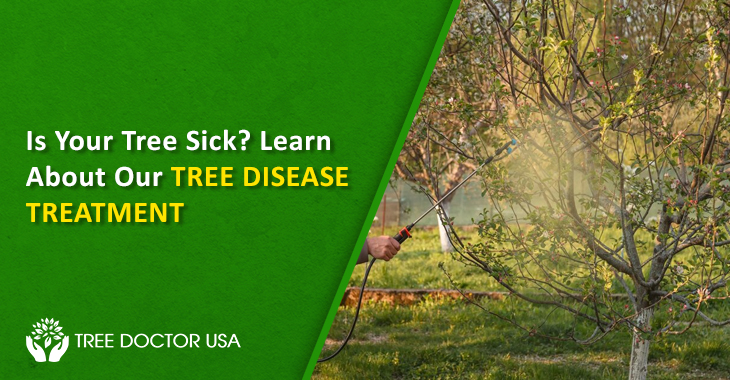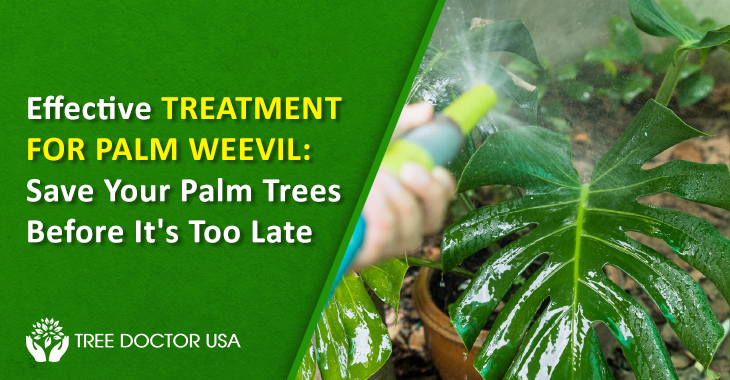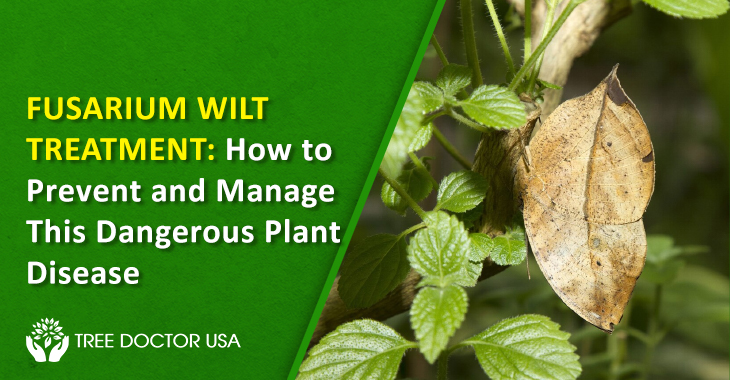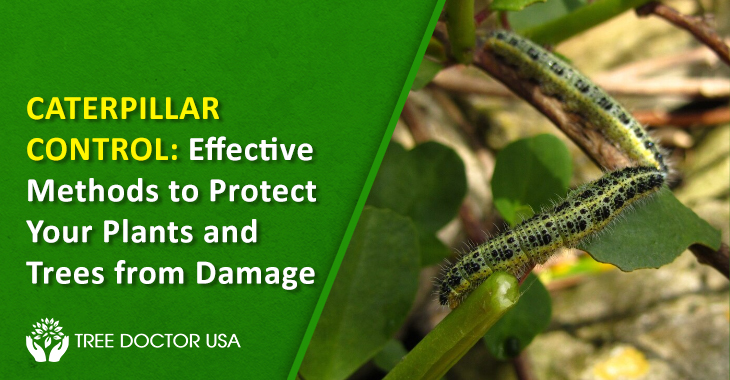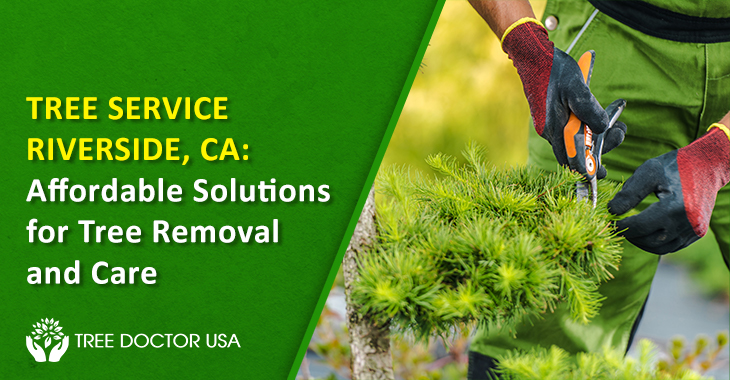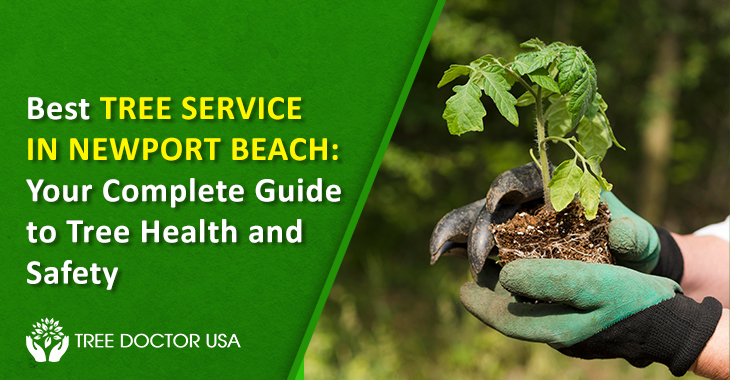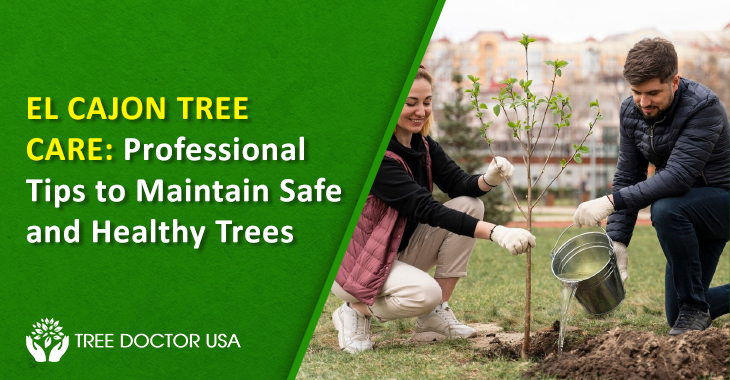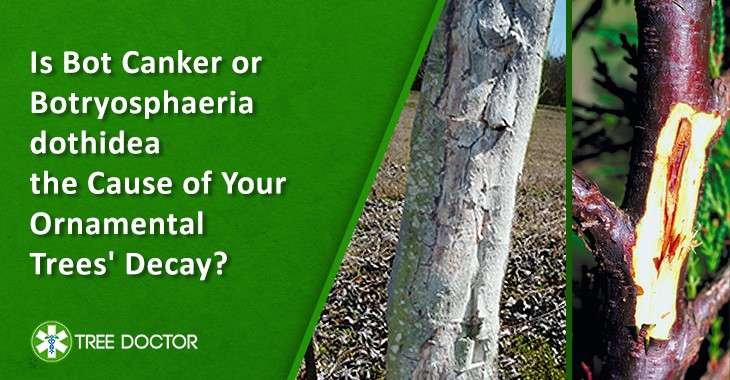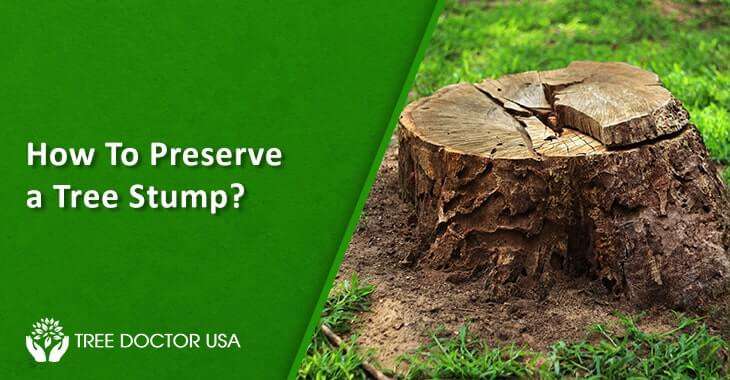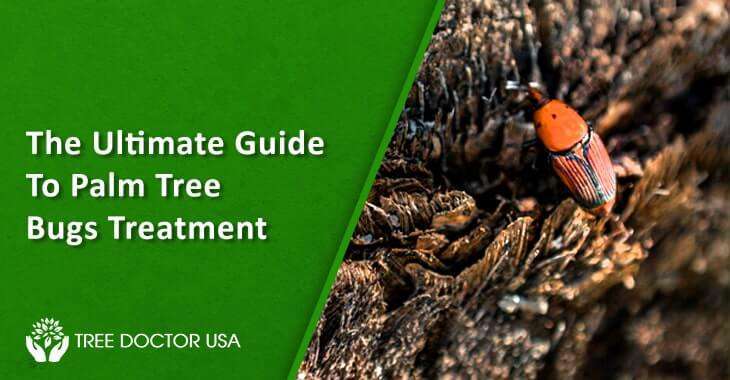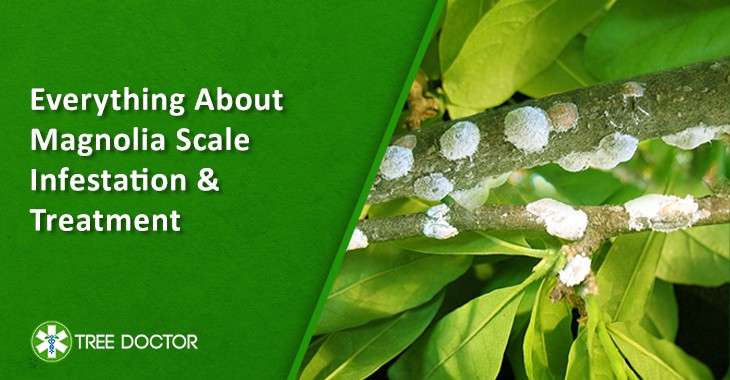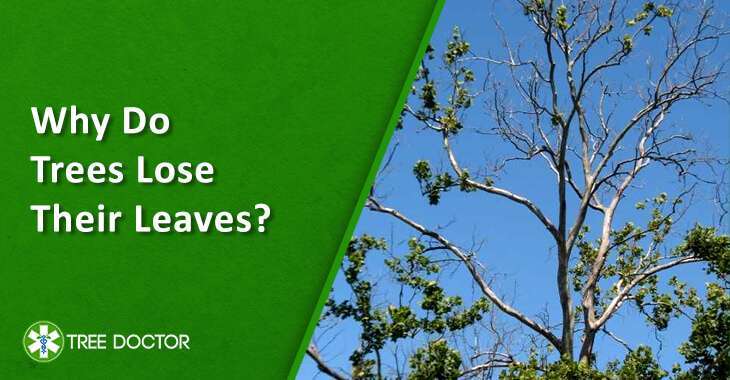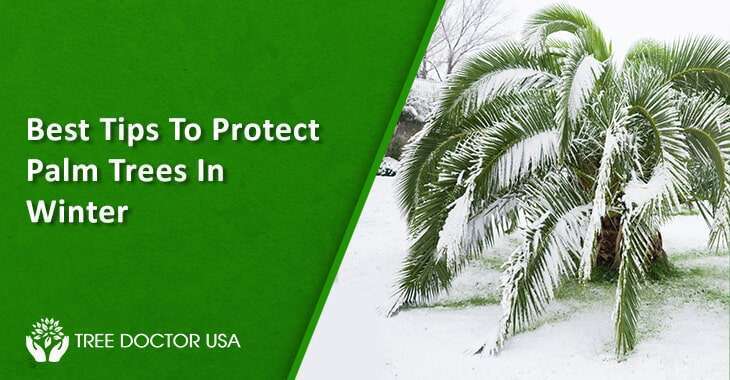Is Your Tree Sick? Learn About Our Tree Disease Treatment
Hey there, tree lovers! Are you worried about the health of your trees? Trees are vital components of our environment, providing numerous benefits to our communities and ecosystems. However, like all living organisms, trees can fall victim to various diseases threatening their health and longevity. Recognizing the signs of tree illness and understanding effective tree disease treatment options are crucial for maintaining tree health.
This guide educates property owners and gardeners about common tree diseases, their symptoms, and the most effective treatment methods. By learning to identify and address tree healthcare issues early, we can help preserve these valuable natural resources for future generations. Let’s discuss tree disease treatment and how to keep your trees happy and thriving.
What’s Up With Your Tree?
Trees are tough, but they can get sick, too. Like us, they need some care when they feel under the weather. Tree disease treatment is important to keep them healthy and strong.
Signs Your Tree Might Be Sick
Before understanding tree disease treatment, let’s look at some signs that your tree might be feeling a bit off:
- Leaves turning yellow or brown too early
- Branches dying or falling off
- Weird growths on the bark or leaves
- Holes in the trunk or branches
- Peeling bark
Common Tree Diseases and Their Treatments
Now, let’s talk about some tree troubles and how to fix them:
Dutch Elm Disease
This nasty disease hits elm trees hard. It’s caused by a fungus spread by beetles. This disease can rapidly move through a tree’s vascular system, blocking water and nutrient flow. Infected trees often exhibit wilting and yellowing leaves, typically starting in one branch and spreading throughout the crown.
Tree disease treatment for Dutch Elm Disease:
- Prune infected branches as soon as possible
- Use fungicides as a preventive measure
- Plant disease-resistant elm varieties
Oak Wilt
Oak trees can catch this fungal disease, which clogs up their water-carrying systems. Oak wilt can spread through root grafts or by sap-feeding beetles. Red oaks are particularly susceptible and can die within weeks of infection, while white oaks may survive for years with proper tree disease treatment. Symptoms include leaf discolouration, wilting, and rapid leaf drop, often starting at the crown and progressing downward.
Tree disease treatment for Oak Wilt:
- Remove infected trees to stop the spread
- Trench around healthy trees to break root connections
- Inject fungicides into healthy trees as a precaution
Fire Blight
This bacterial disease loves fruit trees like apples and pears. It can spread rapidly, especially during warm, wet spring weather. It gets its name from the scorched appearance of infected branches, which can make the tree look like it’s been burned. The bacteria can enter the tree through blossoms, new shoots, or wounds, potentially affecting the entire tree if left untreated.
Tree disease treatment for Fire Blight:
- Cut out infected branches
- Spray trees with copper-based bactericides
- Avoid over-fertilizing with nitrogen
Anthracnose
This fungal disease causes leaf spots and can affect many tree types. Several species of fungi cause anthracnose and thrive in excellent, wet conditions, often appearing in spring. While it usually affects leaves, severe infections can also impact twigs, branches, and fruits.
Symptoms vary by tree species but typically include brown or black lesions on leaves, premature leaf drops, and cankers on twigs and branches. Proper tree disease treatment is essential to prevent recurring infections and maintain tree health.
Tree disease treatment for Anthracnose:
- Rake up and destroy fallen leaves
- Prune to improve air circulation
- Apply fungicides in early spring
Preventing Diseases Year-Round
Caring for your trees throughout the year is the key to preventing diseases and maintaining their health. Let’s look at some seasonal tree care tips that can help you avoid the need for intense tree disease treatment down the line.
Spring
Spring is a crucial time for tree health. As trees wake up from winter dormancy, they’re particularly vulnerable to diseases. Here’s what you can do:
- Inspect trees for winter damage and tree pruning dead or diseased branches.
- Apply a slow-release fertilizer to support new growth.
- Start your tree disease treatment regimen with preventative fungicide applications.
- Mulch around the base of trees to retain moisture and suppress weeds.
Summer
Summer heat can stress trees, making them more susceptible to diseases. Follow these tips:
- Water deeply and regularly, especially during dry spells.
- Monitor for signs of pest infestations or diseases.
- Prune summer-flowering trees after they finish blooming.
- Continue with your tree disease treatment plan as needed.
Fall
Fall is the perfect time to prepare your trees for the coming winter:
- Clean up fallen leaves to prevent fungal growth.
- Plant new trees or transplant existing ones.
- Apply a layer of compost around the base of trees.
- Wrap young trees to protect against winter sun scald and animal damage.
Winter
Even though trees are dormant, winter care is important:
- Prune dead, diseased, or crossing branches while trees are leafless.
- Protect trees from salt damage if you’re near roads.
- Check for and remove snow and ice buildup on branches.
- Plan your spring tree disease treatment strategy.
By following these seasonal care tips, you can significantly reduce the chances of tree diseases. Prevention is often easier and less costly than treating a full-blown tree disease. If you’re unsure about any aspect of tree care or suspect a problem, don’t hesitate to consult with a professional arborist. They can provide expert advice on tree disease treatment and help keep trees healthy year-round.
DIY Tree Disease Treatment Tips
Want to fix your tree quickly? Here are some home remedies to try:
- Cut off sick branches to stop diseases from spreading. Always clean your tools between cuts!
- A layer of mulch around the base of your tree (but not touching the trunk) can help keep the soil moist and healthy.
- Don’t overwater or underwater. Stick your finger in the soil – if it’s dry a few inches down, it’s time to water.
- Use a balanced fertilizer to give your trees the nutrients they need. But don’t overdo it!
- Rake up fallen leaves and fruits to prevent diseases from hanging around.
Remember, tree disease treatment isn’t just about curing sick trees – it’s about keeping them healthy in the first place!
When to Call in the Pros?
Sometimes, tree disease treatment is best left to the experts. Call an arborist if:
- You’re not sure what’s wrong with your tree
- The problem seems really serious
- You don’t have the right tools or know-how
- The tree is near power lines or buildings
Conclusion
Taking care of our trees is very important. They give us shade, clean our air, and make our world more beautiful. With the proper tree disease treatment, we can help our trees remain healthy and happy for years.
Remember, if you ever doubt your tree’s health, don’t hesitate to ask for help. Many tree experts out there would love to lend a hand with tree disease treatment. So go on, show your trees some love. They’ll thank you with strong branches, lush leaves, and a perfect spot for a tire swing.

